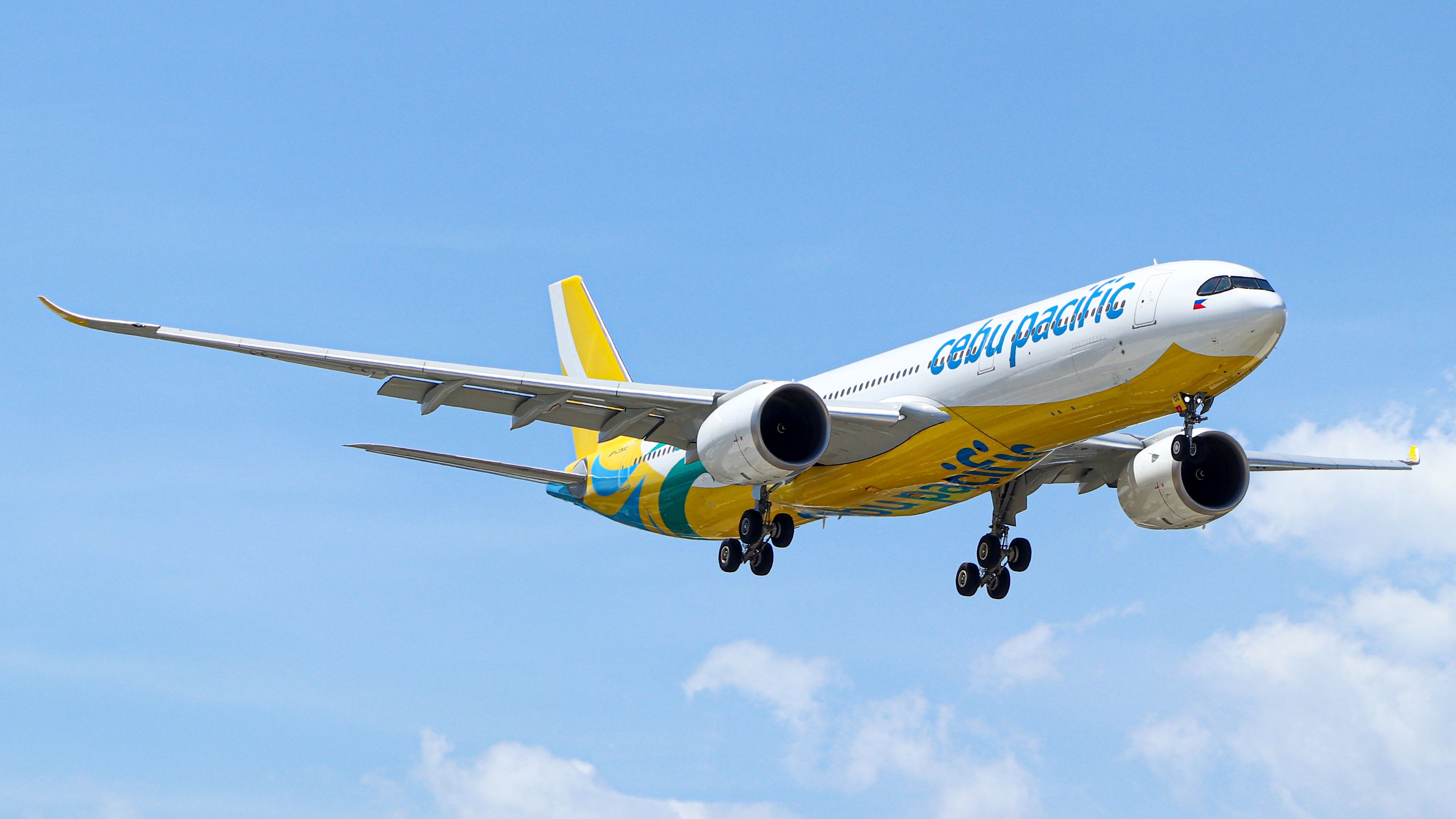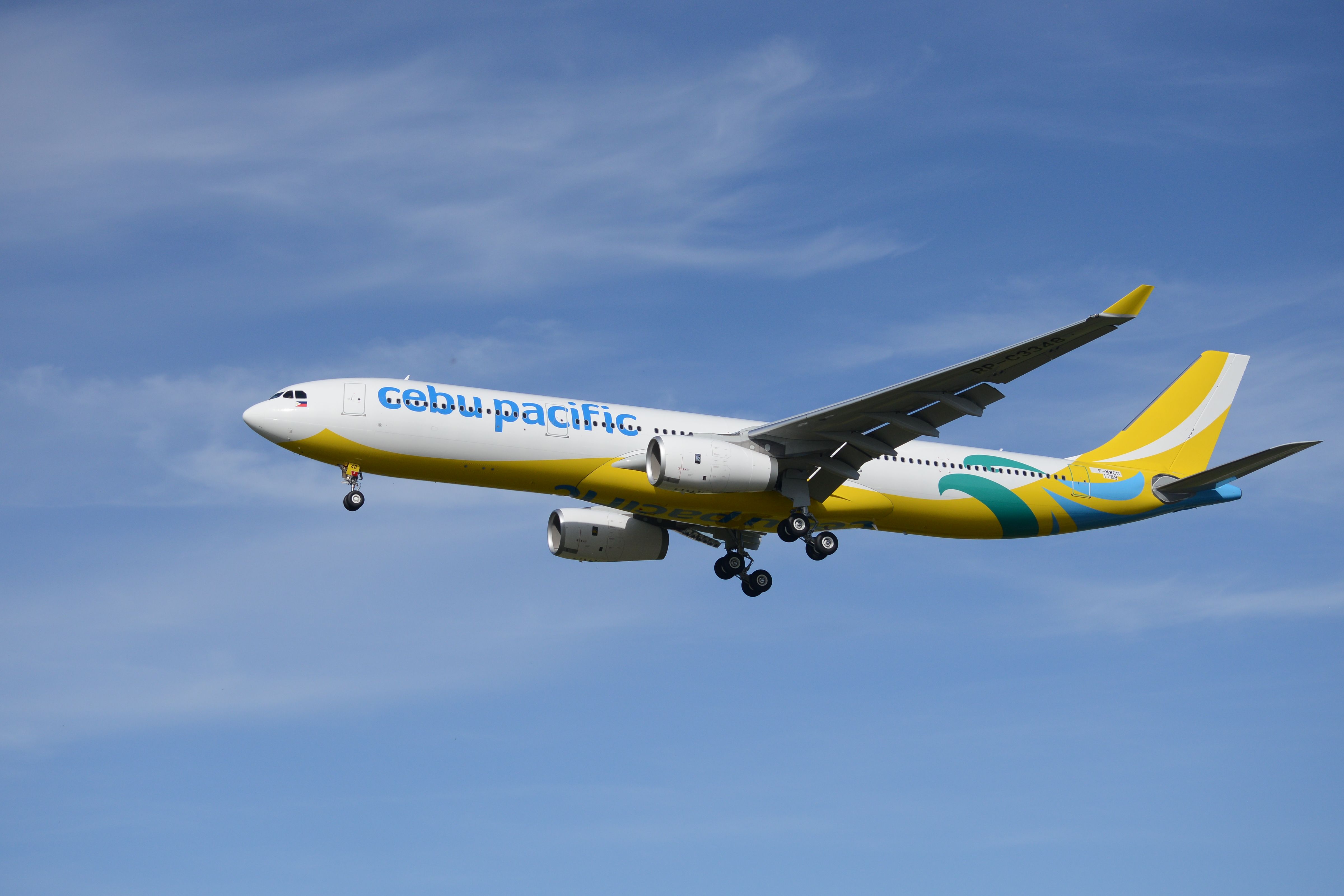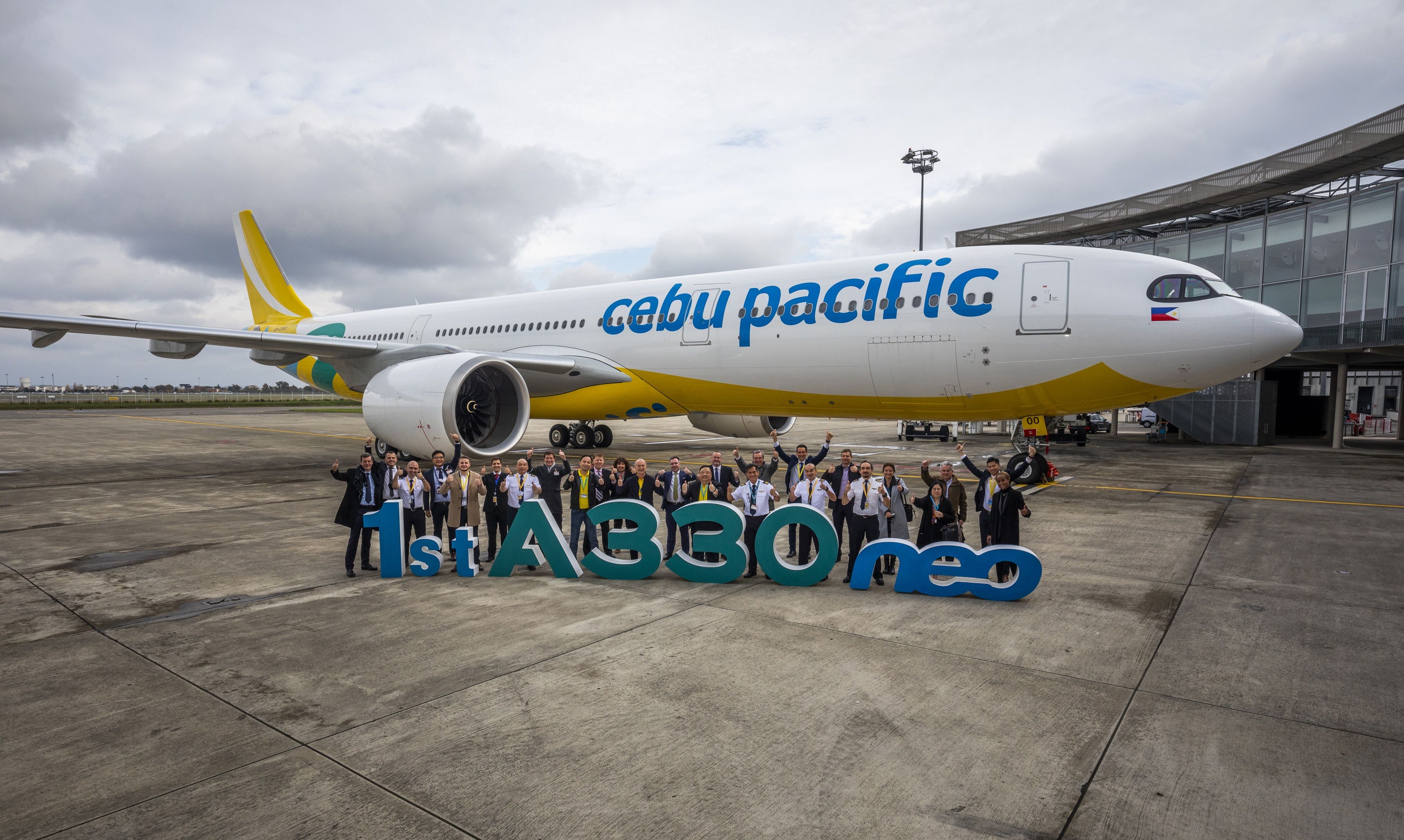Cebu Pacific has released its latest financial results, showing that the low-cost carrier has reduced its net loss to P9.5 billion ($171 million) for the first half of 2022. This was a 31% decrease compared to the P13.8 billion ($248 million) net loss sustained in the same period last year.
The airline’s financial performance was boosted by a significant rise in passenger numbers domestically and internationally. Year-on-year passenger numbers for Q2 increased by 644%, resulting in an average load factor of 77%, compared to 56% for Q2 2021.
The news comes just one week after fellow Filipino carrier, Philippine Airlines, reported a P4 billion ($72 million) profit for the first half of 2022.
Rising revenue and rising costs
Thanks to a marked increase in passenger numbers and cargo services, Cebu Pacific’s revenue for the period more than tripled, reaching over P20 billion ($359 million). However, total costs for the carrier in the first half of 2022 also increased, reaching P28 billion ($503 million), an increase from P18 billion ($323 million) last year.
Unsurprisingly, fuel was the biggest single expense for the Manila-based airline, with rising fuel costs exacerbated by a weakened Filipino peso and rising interest rates.
Despite the financial challenges, Cebu Pacific’s chief financial officer, Mark Cezar, remains optimistic that the airline will soon return to profitability. He commented,
“Amidst the risks posed by expensive jet fuel, peso depreciation and interest rate hikes, Cebu Pacific remains cautiously optimistic that we can turn the tide soon as domestic demand looks robust and international borders continue to reopen. We continue to stay true to our commitment of providing accessible air transport service for everyone.”
Discover more of the latest aviation news with Simple Flying.
Growing optimism as borders re-open
There is growing optimism as travel restrictions in the region continue to be lifted, allowing airlines such as Cebu Pacific to reinstate international services.
Between April and June, the low-cost carrier resumed its flights to Hanoi (HAN), Bali (DPS), and Taipei (TPE), and in July, the airline made its long-awaited return to Sydney (SYD) for the first time since March 2020. The three-weekly flights will be operated by the Airbus A330neo, with a tightly-packed all-economy configuration of 459 seats.
Commenting on the removal of travel restrictions, Cebu Pacific stated,
“Currently, the group is expecting the level of demand to increase further for airline services not just within the Philippines, but even abroad. The positive development has not only allowed the group to carry more passengers, but also boosted its cargo services.”
That said, one of the airline’s largest markets, China, remains closed. China represents a significant source of business and leisure travelers for the Philippines, and the impact of the country’s border closure will be felt for the foreseeable future.
Last month, Cezar gave his cautious predictions for the rest of the year, stating that he expects Cebu Pacific to close the year in the red but that it will be “better than the previous year.”
What do you think of Cebu Pacific’s financial results? Do you expect to see the airline return to profit soon? Share your thoughts by commenting below.


-Cebu-Pacific.jpg)

